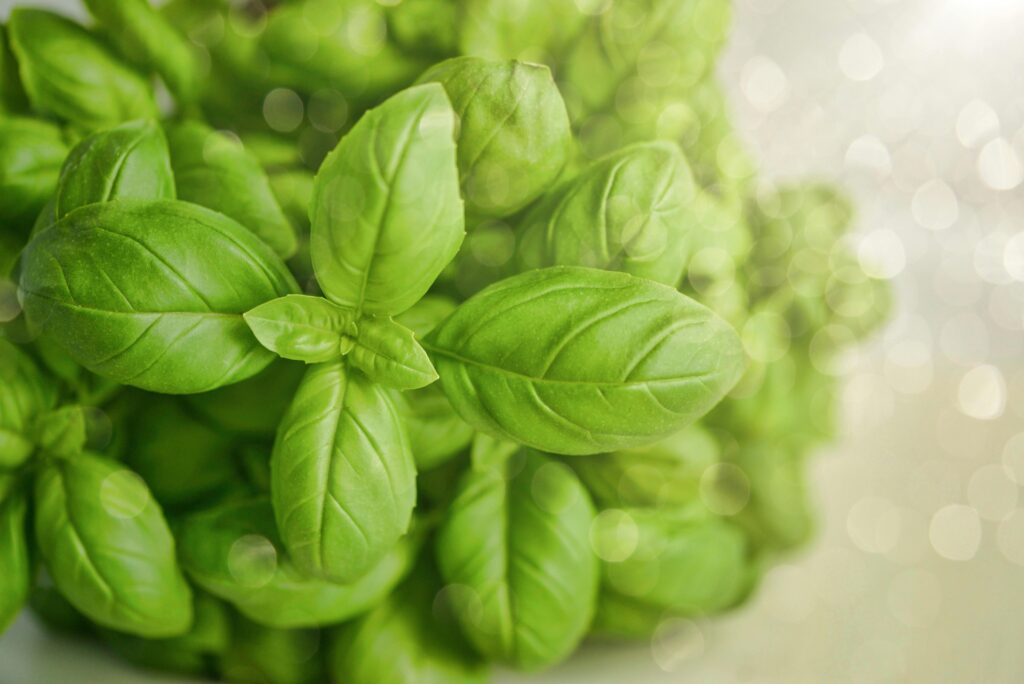“Balancing Vata: Nurturing Harmony in the Air Element”


Introduction
Welcome back to AyurvedaHolisticJourney! In our last blog post, we explored the essence of Ayurveda and its foundational principles. Today, let’s delve deeper into one of the three doshas: Vata. Representing the elements of space and air, Vata is a force of movement and creativity. However, when out of balance, it can lead to feelings of anxiety, restlessness, and dryness. Join me as we explore how to nurture and balance Vata for optimal well-being.
Understanding Vata Dosha
- Qualities: Vata is characterized by qualities such as dry, light, cold, rough, and erratic.
- Physical Manifestations: When Vata is dominant, it can manifest in the body as dry skin, constipation, anxiety, and insomnia.
- Mental and Emotional Aspects: Imbalanced Vata can lead to feelings of scattered thoughts, fearfulness, and lack of focus.
Balancing Vata with Diet and Lifestyle
1. Warm and Nourishing Foods: Vata benefits from foods that are warm, grounding, and moist. Think of cooked grains, soups, stews, and steamed vegetables. Warm spices like ginger, cinnamon, and turmeric are also beneficial.
2. Healthy Fats: Incorporating healthy fats such as ghee, coconut oil, and olive oil can help lubricate the body and calm Vata.
3. Routine and Stability: Vata thrives on routine. Establishing a daily routine that includes regular mealtimes, bedtime, and self-care practices creates a sense of stability.
4.Gentle Exercise: Practices like gentle yoga, tai chi, and walking are beneficial for grounding Vata energy without overstimulating it.
5.Mindfulness and Relaxation: Vata types benefit greatly from activities that promote relaxation and mindfulness, such as meditation, deep breathing exercises, and warm baths.
Ayurvedic Herbs for Vata Balance
– Ashwagandha: Known as an adaptogenic herb, ashwagandha helps the body adapt to stress and promotes calmness.
– Shatavari: This herb is renowned for its nourishing and moisturizing properties, making it ideal for balancing Vata’s dryness.
– Triphala: A combination of three fruits, triphala supports healthy digestion and elimination, which is crucial for Vata types.
Daily Vata Balancing Rituals
1. Abhyanga (Self-Massage): Warm sesame oil or an herbal oil blend can be massaged into the skin before bathing to calm Vata and promote relaxation.
2. Oil Pulling: Swishing a tablespoon of coconut or sesame oil in the mouth for a few minutes can help with oral hygiene and balance Vata in the head and neck area.
3. Warm Foot Soak: Before bed, soaking your feet in warm water with a few drops of calming essential oils like lavender can ground Vata and promote restful sleep.
Conclusion
As we navigate the ebbs and flows of life, understanding and nurturing our dominant dosha is key to maintaining balance and vitality. For those with a Vata constitution or experiencing Vata imbalance, these simple yet profound Ayurvedic practices can bring harmony back into your life.
Join me in embracing the wisdom of Ayurveda as we continue on our holistic journey. In our next post, we’ll explore Pitta dosha and how to keep the fire element in balance. Until then, may you find peace, balance, and nourishment in your journey towards optimal well-being.
Share Your Experience
Have you tried any of these Vata-balancing practices? What are your favorite ways to nurture and harmonize Vata energy? Share your thoughts and experiences in the comments below!



0 Comments